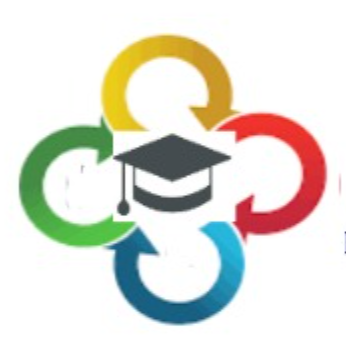Imagine a young student, growing up in
a small coastal town. Each year, he watches the waves eat away at the
shoreline, homes disappear into the sea, and families displaced by rising
waters. For him, these changes once seemed too vast, too powerful—beyond the
reach of a single person.
But something shifted. His school
introduced Education for Sustainable Development. Suddenly, learning was no
longer about memorizing facts—it became about discovering connections. He
learned how energy, food, climate, and fairness are bound together like threads
in a single fabric. he began to see that choices today ripple into tomorrow.
Through hands-on projects, he and his
classmates explored how to reduce waste, conserve energy, and advocate for
fairness. They didn’t just learn about climate change—they learned
how to respond to it.
And here is the essence of ESD:
education as empowerment, not just information. It equips young people with the
critical thinking, adaptability, and moral courage to face global challenges.
The
Roots of Education for Sustainable Development ESD in Islam
The
vision of Education for Sustainable Development is not new to us, it is deeply
anchored in the teachings of Islam. The Qur’an reminds us of our sacred role:
“And He is the One who has made you successors upon the
earth and raised some of you above others in degrees [of rank] that He may try
you through what He has given you.”
(Surah Al-An‘am 6:165)
This
verse emphasizes our responsibility as khalifah
(stewards) of the earth. Stewardship means more than enjoying its resources—it
calls us to protect, nurture, and ensure that what we pass on to future
generations is preserved and flourishing.
The
Prophet Muhammad ﷺ further illustrated this responsibility when he said:
“If the Hour (the Day of Resurrection) is about to be
established and one of you is holding a sapling, then let him plant it.” (Musnad Ahmad, Hadith 12491)
Even
in the shadow of the world’s end, the Prophet ﷺ urged action, hope, and care for creation.
This timeless teaching reflects the very essence of sustainability: to act
responsibly, no matter the circumstances, and to believe that even the smallest
effort carries meaning.
In
this light, ESD is not only an academic framework but also a continuation of
our Islamic duty—to seek knowledge, to act justly, and to safeguard the earth
for those who will come after us.
A Call to Transform Society
Recent research confirms that when
education embraces sustainability, it sparks innovation that reaches far beyond
classrooms. Universities and schools that teach sustainability don’t just
produce graduates—they produce agents of change capable of tackling climate
change, inequality, and health crises with creativity and responsibility.
As Martin Luther King Jr. once said: “The
function of education is to teach one to think intensively and to think
critically. Intelligence plus character—that is the goal of true education.”
This is exactly what Education for
Sustainable Development is about—intelligence guided by ethics, character, and
responsibility.
From Words to Action
Turning vision into
reality requires collective effort across all levels of society as follows:
- Educators must weave
sustainability into every subject, making it a way of thinking, not just a
lesson.
- Institutions must model what
they teach—through sustainable campuses, community partnerships, and
impactful research.
- Students must be
encouraged to lead, to ask bold questions, and to apply sustainable
solutions in everyday life.
- Policymakers must ensure
curricula and funding align education with the urgent challenges of our
time.
The story of Ahmed reminds us that
education is not just preparation for life—it is the most powerful tool to
transform it.
Therefore, we should remember that when
we teach our children to care for creation, to think critically, and to act
responsibly, we are fulfilling our trust as stewards of the earth. Education
for Sustainable Development is not just an academic project—it is a spiritual,
moral, and societal duty.
And the question before us today is not
why we should invest in it, but how quickly we can embed it into
the heart of teaching, research, and community life.
